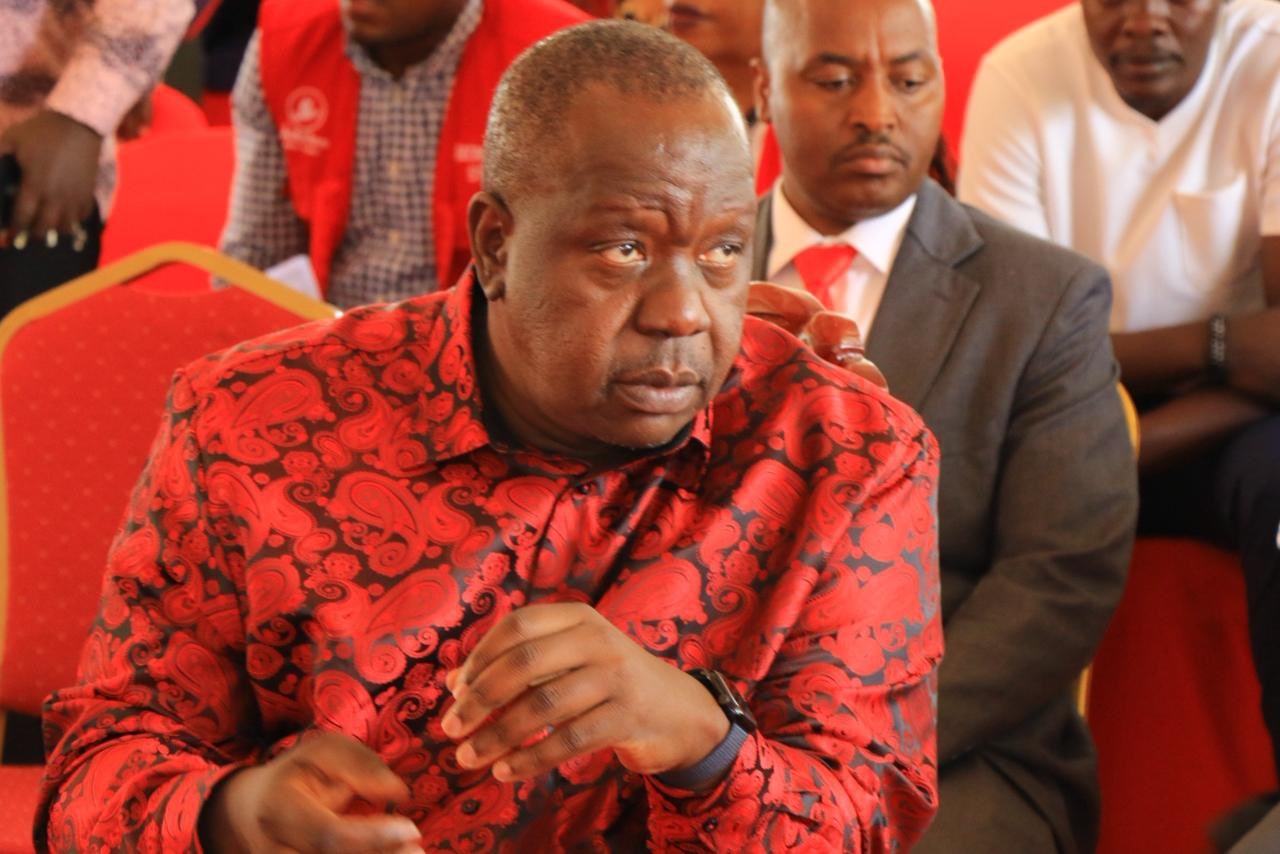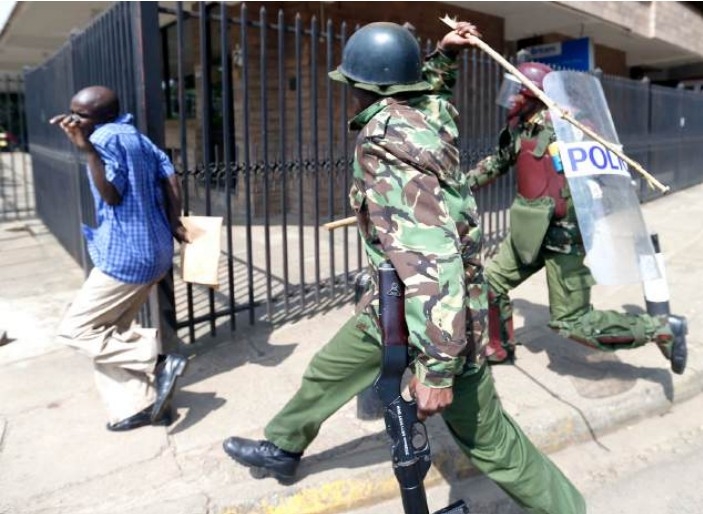On the eighth day of the second month, without signs of the forecast extreme weather event during the last quarter of the year, it can be declared El Niño rains won’t come, or have been deferred, or at best downscaled to heavy rains.
But the possible change of El Niño plans came much earlier. Mid-last month, the Meteorological Department downgraded its weather forecasts for January to short and depressed rains. The Mets probably looked out of the windows of their offices — in four directions — before changing their usually flexible corporate mind.
The postponement leaves meteorologists holding the familiar wrong end of the weather stick. Observers know the Mets have not been reliable. Either their tools are archaic, or their profession is not an exact science. They don’t claim scientific precision.
To be fair, the weather people are somewhat doing better than the traditional rainmakers of Bunyore. Sometimes Mets get it right, but most of the time they merely want to be seen to be working. A literal illustration of busybodies.
Subsistence farmers planned and planted as heavily as they could during the long rains season. They expected a bounteous harvest if the rains came as meteorologists had predicted. The resilience of the peasantry was at work, as they have always been.
Their most important challenge remains the failure of public planners to give priority to agriculture — the supposed prime mover of the national economy. It shouldn’t surprise that Kenya imports grains and fruits from Tanzania and Uganda.
Vulnerable communities, especially those in flood and landslide-prone areas were advised to move to higher ground. There are yet no reports of people who moved. But if some did, it’s probably time for them to instruct their lawyers to sue weather forecasters for issuing misleading information that might have occasioned financial and emotional losses.
Governments — counties and national — prepared for El Niño-related emergencies. There were emergency action plans. Public money was set aside to finance emergency responses.
Each of the 47 counties set aside millions of shillings to throw at the effects of El Niño rains. Together, the counties reported they needed about Sh15 billion to ‘react’ to emergencies linked to El Niño rains.
The counties intended to rescue, clothe, treat and feed the dispossessed. So far, counties did not project how many would be displaced, but they knew what it would cost. The El Niño contingency account needs to be protected from the misadventures of tenderpreneurs.
Cynics fear the money may have been reallocated or pilfered, now that El Niño fears have subsided. If indeed that has happened, it would not be the first time emergency funds are reassigned to obscure projects.
The memories of Covid-19 plunder of 2020-21 are still fresh. Bubble millionaires were minted out of emergency public funds. The suspects are known to have manipulated Covid-19 procurement systems for individual gain.
The impudence of bureaucrats was astounding in the face of public pain. They may be on the prowl again this season. The impunity at the Kenya Medical Supplies Authority during the Covid-19 crisis may have emboldened others.
The Ethics and Anti-Corruption Commission is yet to make public a report of those jailed for loss of Covid-19 funds. EACC read a possible conspiracy by governors and other bureaucrats to misappropriate El Niño money. The public expects EACC to take deterrent actions, in real time, to prevent misuse of El Niño contingency allocations.
The change of ‘plan’ on El Niño also gives room for planners in national and county governments to improve planning for future extreme weather events.
There must be a better way of addressing floods, droughts, water scarcity and other disasters. Constructing boreholes, pans and dams for water harvesting and storage are better ways of addressing the vicious cycle of floods and droughts.
Water harvesting and storage for irrigation represent an opportunity to reduce dependency on rain-fed agriculture. The Sh15 billion allocated to counties for El Niño offers seed money for modest local climate action among the most vulnerable counties.














![[PHOTOS] How ODM@20 dinner went down](/_next/image?url=https%3A%2F%2Fcdn.radioafrica.digital%2Fimage%2F2025%2F11%2F99d04439-7d94-4ec5-8e18-899441a55b21.jpg&w=3840&q=100)
